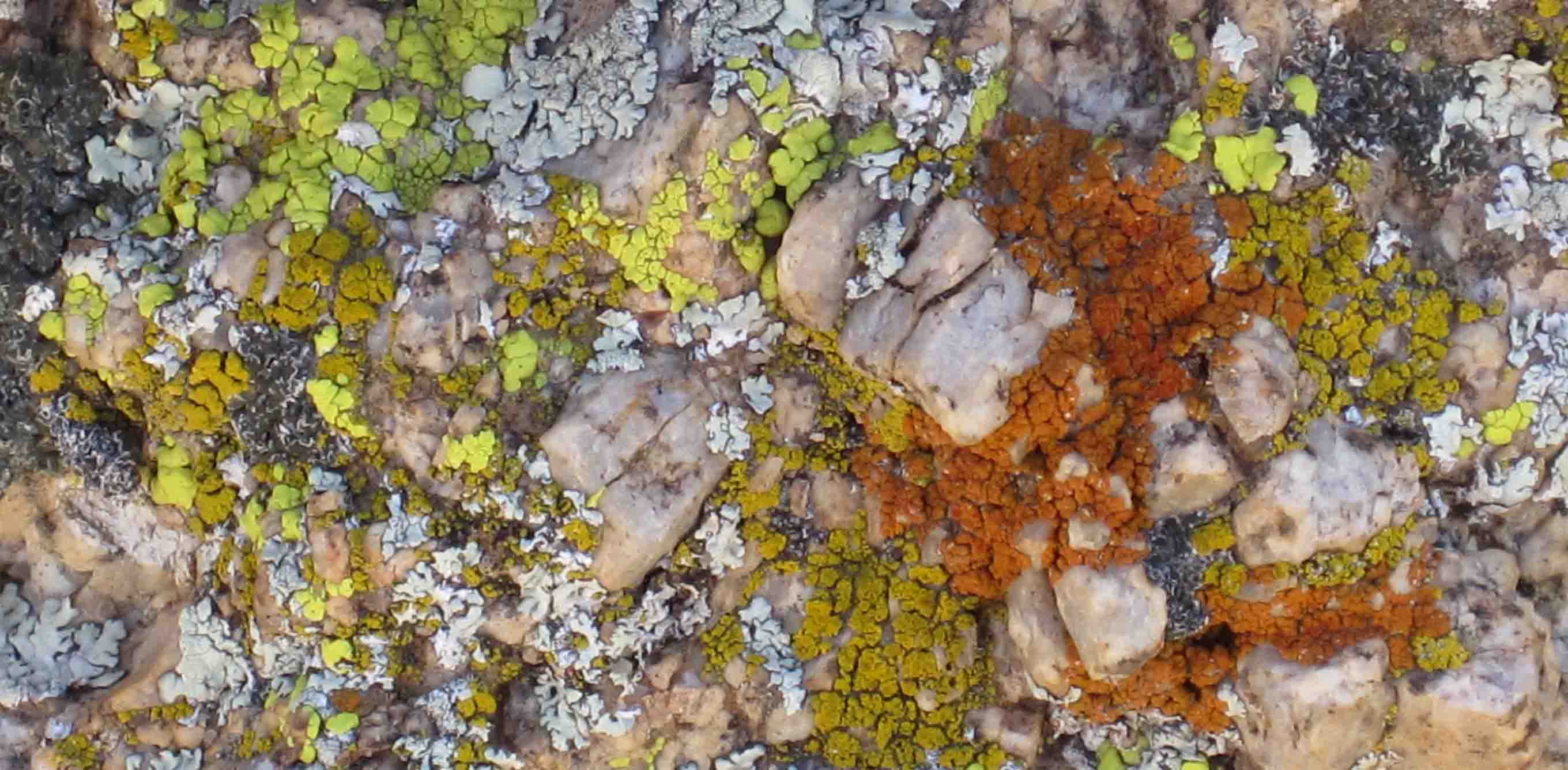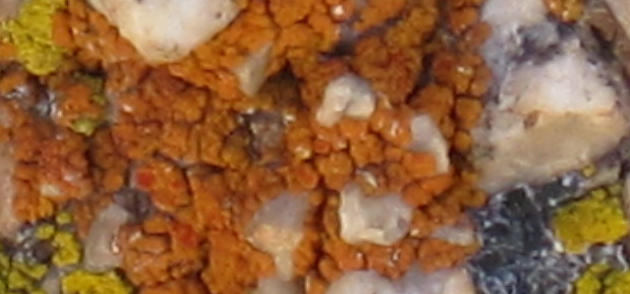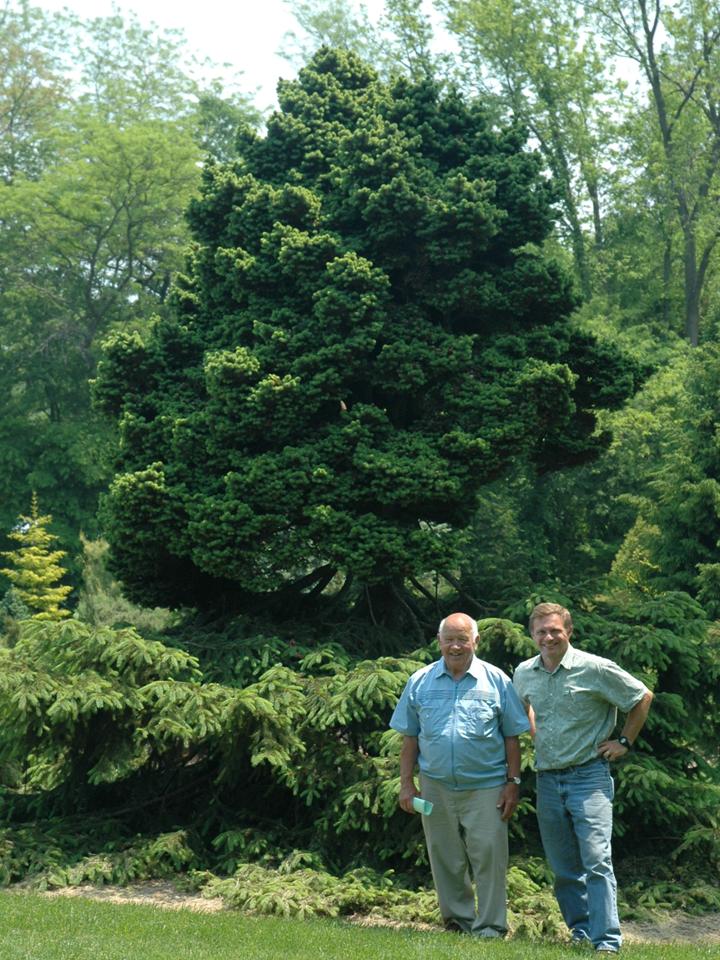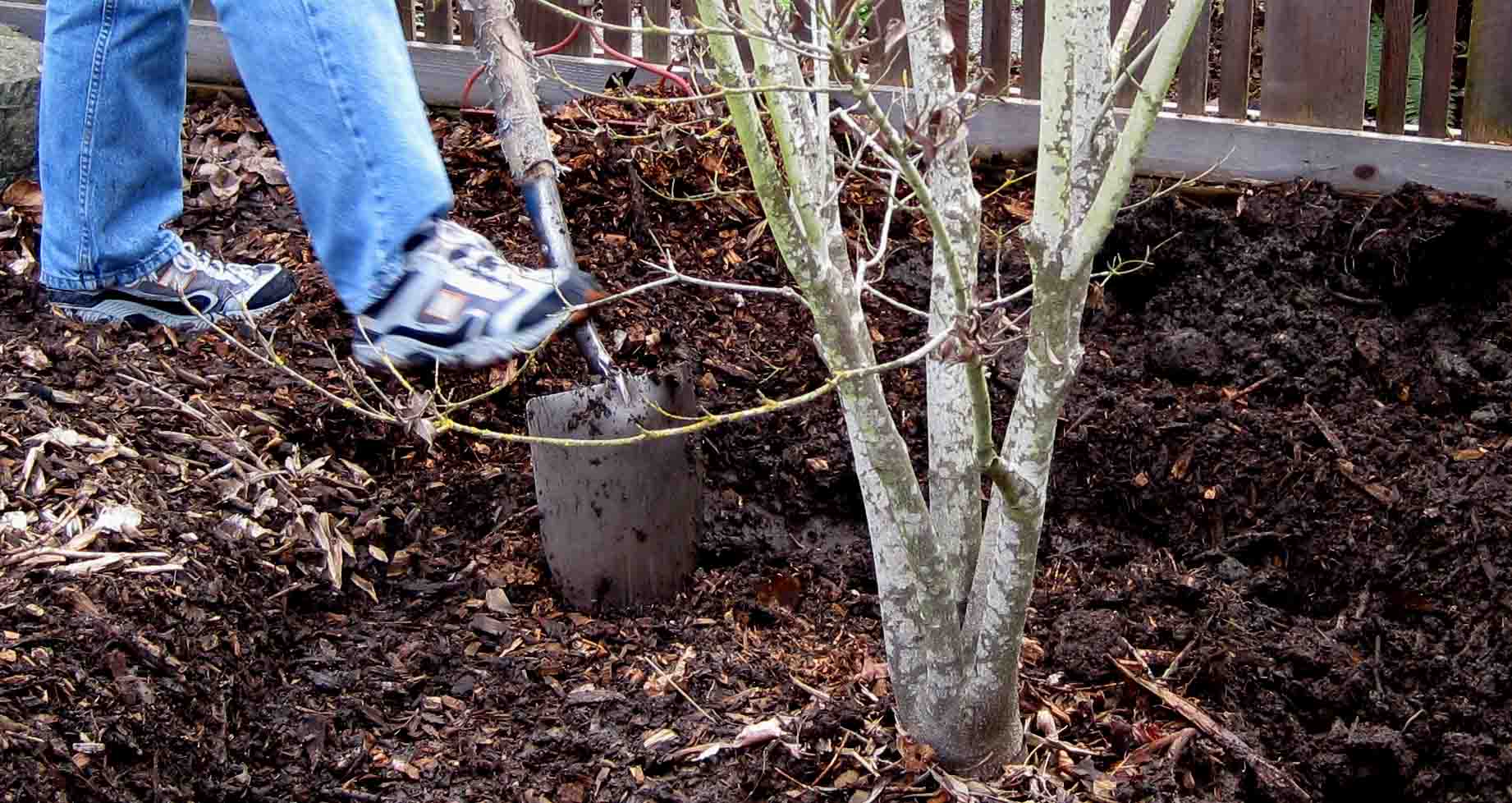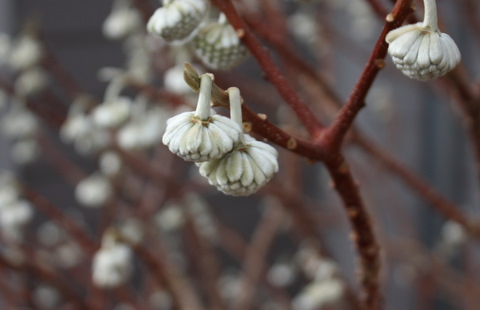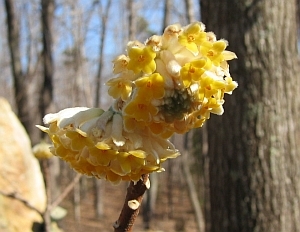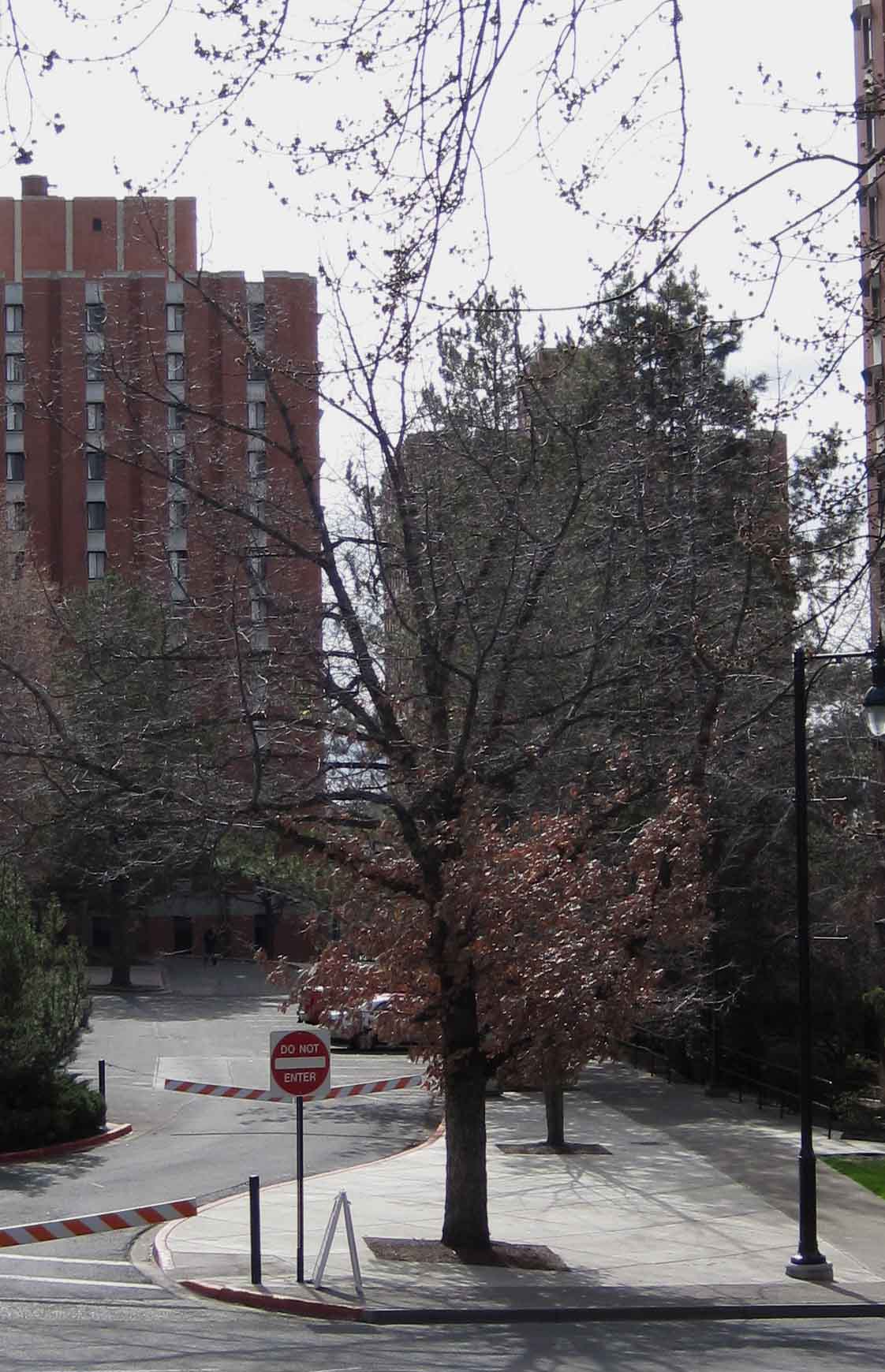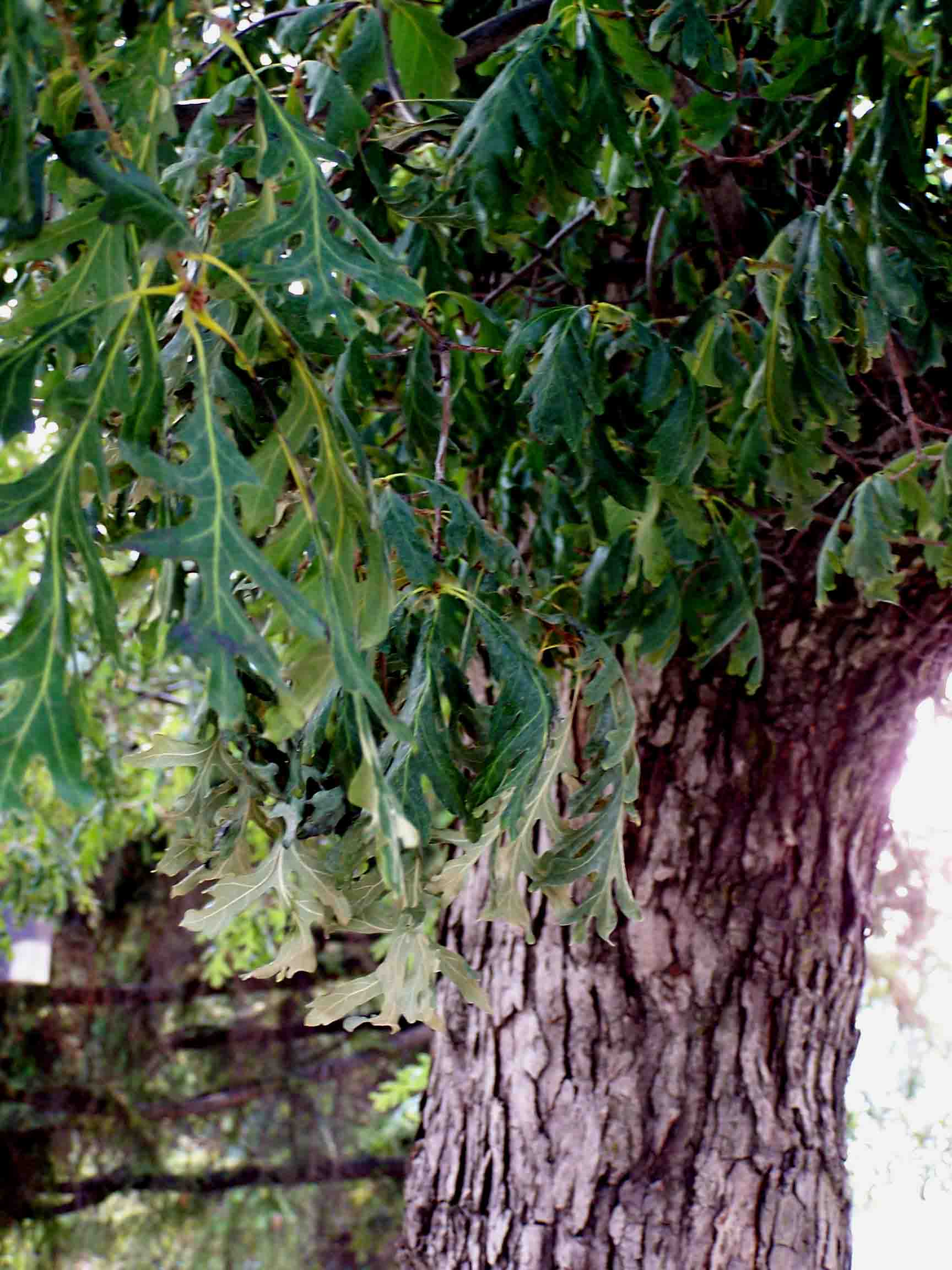
It is daffodil season in the Northern Hemisphere, hurrah! May their blooms shoo away the gray of winter! It is also the season where everybody and their mother writes something about the wonders of the genus Narcissus, so figured I’d join the fray, but with a bit of a chip on my shoulder…

Miss ‘Barrett Browning’ in the Hahn Horticulture Garden at Virginia Tech
I recently read YET ANOTHER article warning against mixing daffodil stems in with other cut flowers due to “harmful effects from the sap”. If stems are conditioned, that is, placed in warm water on their own for 12 to 24 hours, it’s supposed to be o.k. This is repeated in everything from floral arranging manuals to gardening articles, but they never say what exactly causes the problem. So I’ve combed through many resources, to find a specific study backing this up and identifying what compound is responsible.
Known:
1) There is such a thing as “daffodil picker’s rash” which has been reported in the journal of Contact Dermatitis (Julian and Bowers, 1997). The authors attribute this rash to the “crystals of calcium oxalate in the sap, in conjunction with alkaloids, [which] act as an irritant, and also cause the characteristic sores.” Duly noted.
2) Said calcium oxalate crystals are found throughout the daffodil, in the bulb, stem, sap, flowers, etc. Micrographs show that these crystals are needle-sharp, and apparently very painful (I have not gotten up the nerve to give them a nom). This is why deer and bunnies will not eat your daffs.
3) The list of alkaloids is fairly extensive (as with many other members of the Amaryllidaceae family), including masonin, homolycorine, and a real nasty one, narciclasine- which disrupts cell division (meiosis) much like colchicine.
4) Are daffodils poisonous? Yes. If you (or your cat) hunkered down and consumed an entire bulb, problems would ensue. But the calcium oxalate crystals are, perhaps, nature’s way of convincing you (or Mr. Twinkles) that this is not a good idea.
So is there really an effect and if so, what makes daffodil sap deleterious to the other flowers in the vase? The study “Effects of Daffodil Flowers on the Water Relations and Vase Life of Roses and Tulips” by W.G. van Doorn appeared in the Journal of Horticulture Science. Dr.van Doorn found the mucilage (sap) was indeed to blame, with just one daff shortening the vase life of both the tulips and roses by almost half. But what component?
He split out the alkaloid fraction and the sugar fraction of the sap, and then added them as individual components to the vase water. He drew different conclusions as to the cause: the research indicated that the effect in roses is mainly due to the sugar and polysaccharide fraction of the mucilage stimulating bacterial growth. This clogged the rose’s vascular system resulting in bent neck. You’ve seen this before – the bud, yet to open, flops over, never to recover.
These same sugars didn’t impact the tulips negatively but the alkaloids sure did. Even touching the sap to the tulip foliage produced a yellow spot. He was not able to distinguish which of the six alkaloids detected were responsible, but at least narrowed down the cause ( sounds like a job for a grad student!).
So there you have it. I feel better. Am off to pick a few daffodils (very carefully) to brighten my office.

